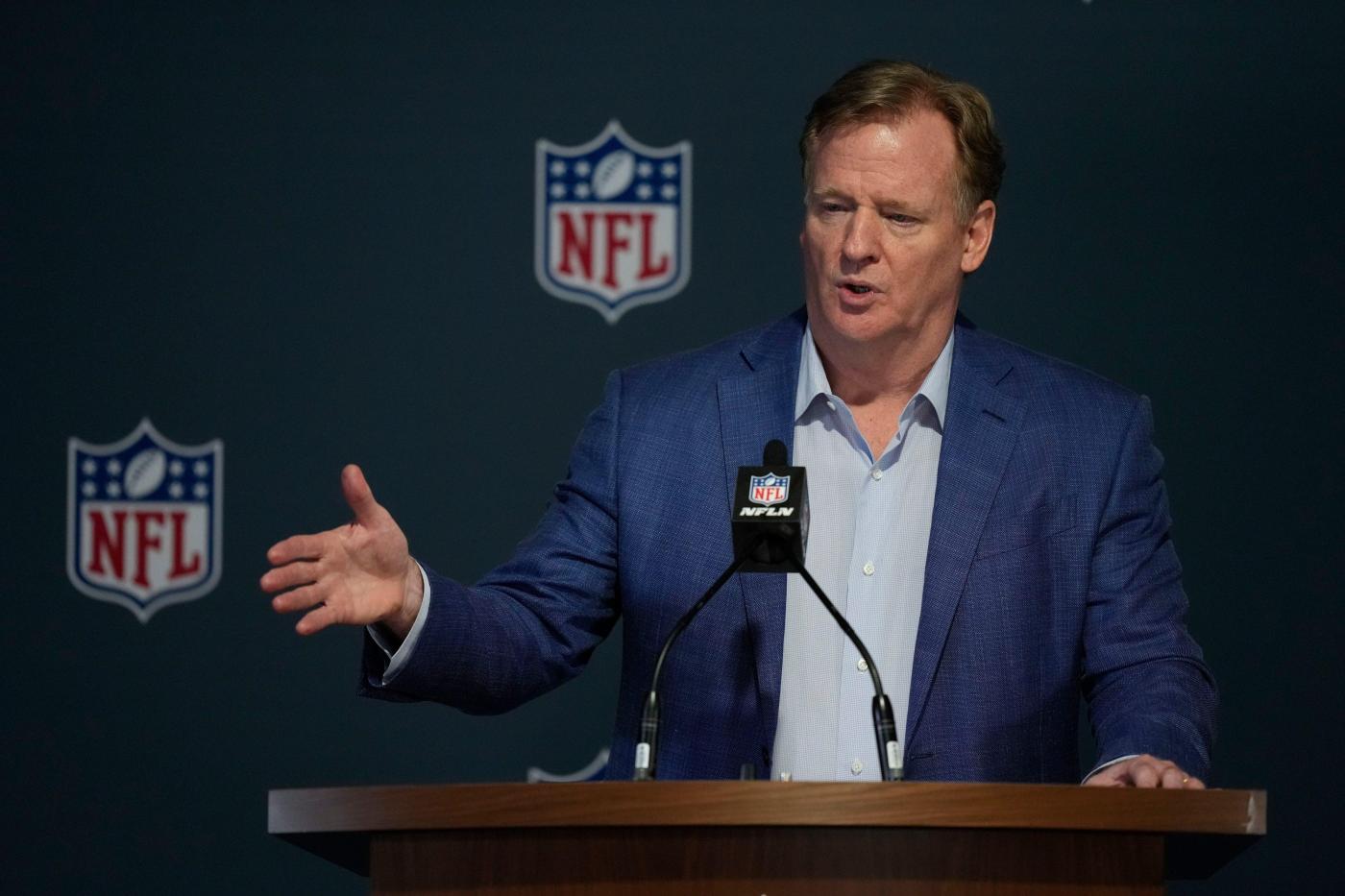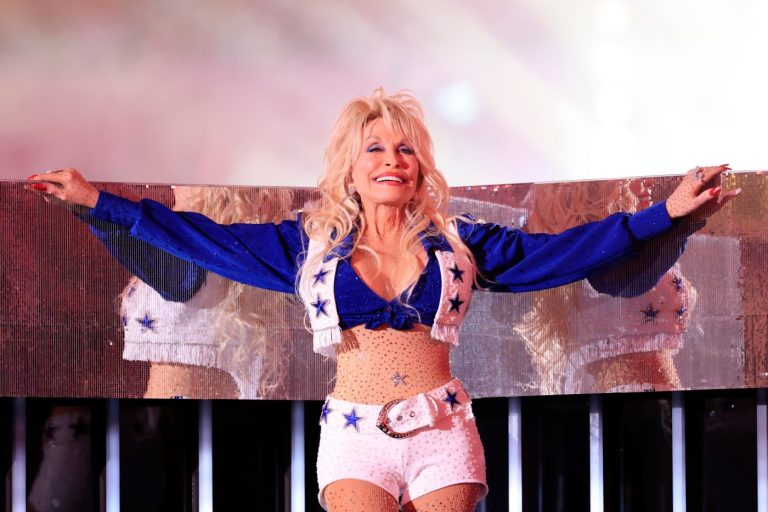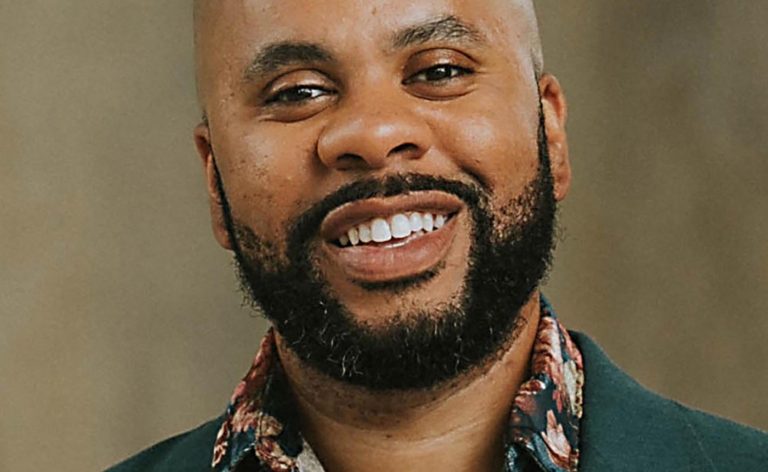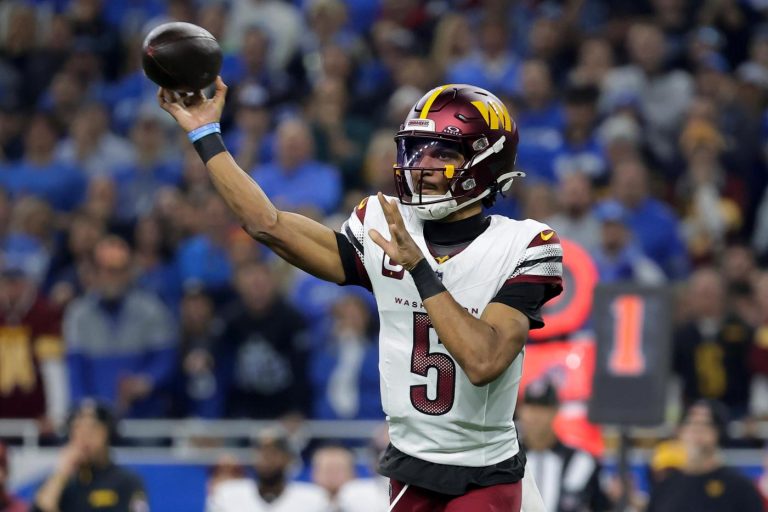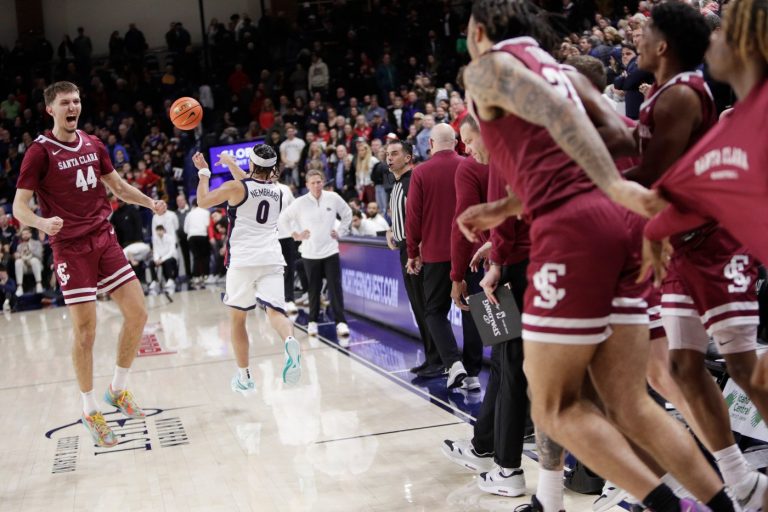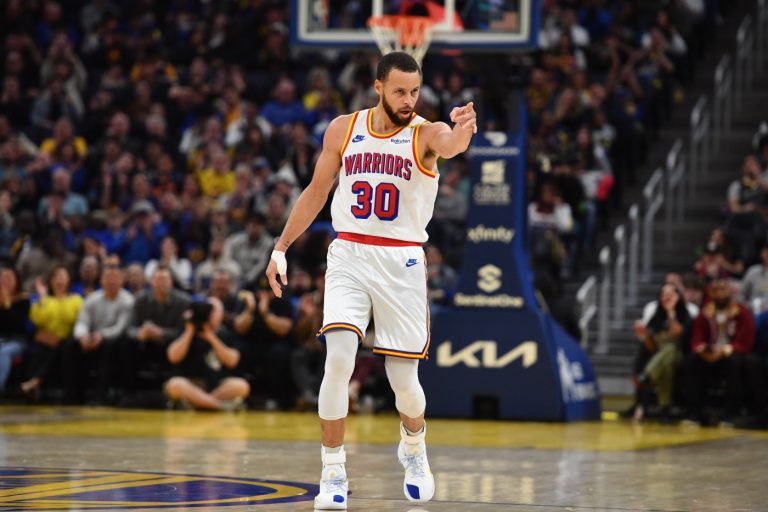The message was delivered Wednesday evening with the wallop of a blindside block, straight from 345 Park Ave. to college football administrators across the land.
The NFL’s 2024 schedule revealed two A-level matchups on Saturday, Dec. 21: Kansas City vs. Houston and Pittsburgh vs. Baltimore.
Both are on broadcast television.
Both will compete directly with opening-round games of the expanded College Football Playoff.
Counter-programming at its most ruthless.
“The CFP said, ‘Hey, we’re going with three games and you do what you do,’” retired Fox Sports president Bob Thompson said. “And the NFL responded by flexing its muscles.”
College football is roiling like never before with antitrust lawsuits, the ACC’s internecine conflict, an unregulated NIL market and unrestricted player movement. Yet the greatest threat to a prosperous future might be the NFL’s lust for every valuable broadcast window available.
The antitrust lawsuits will obliterate the NCAA’s amateurism model and force schools to share revenue with athletes. But they can’t stop fans from viewing the games, and they won’t kneecap college football’s public relevance.
The NFL can.
The NFL will.
Increasingly, the nation’s most popular sports league is competing directly against the CFP specifically, and college football generally, for the eyeballs coveted by the broadcast networks and their advertisers.
Would the NFL willingly pose a material threat to the very sport that provides its labor?
The NFL can.
The NFL will.
“The NFL is always a threat to everything,” said Jon Lewis, who owns and operates the influential website SportsMediaWatch. “The decision to put two games opposite the College Football Playoff on NBC and Fox — that’s not normal.”
When the CFP formalized the 12-team event and targeted the weekend before Christmas for four opening-round games (on the campuses of the higher seeds), the NFL made its objections abundantly clear: Don’t schedule a triple-header for Saturday, Dec. 21; instead, put two games on Friday and two on Saturday.
Well, the CFP went ahead and scheduled its triple-header for Saturday, and the NFL countered with a right cross.
First, it moved the Saturday games off the NFL Network, their traditional home, and onto two major broadcast networks, NBC and Fox.
Then it scheduled two premier matchups as counter-programming to the CFP game: Patrick Mahomes and the Super Bowl champs against C.J. Stroud and the Texans; and one of the greatest rivalries in the sport, Steelers-Ravens.
“A big part of it, I suspect, is the NFL pressuring college football to not schedule three games on that Saturday,” Lewis said.
It was merely the latest in a series of strategic decisions that suggest the NFL is hunting for new broadcast windows without concern for marginalizing its feeder system.
Anything that undercuts college football’s TV ratings could impact the future value of media rights contracts, which provide substantial revenue for the major conferences and the member schools.
From here, it appears the undercutting is underway:
— The NFL expanded the playoffs to 14 teams in 2020 and added a 17th regular-season game the following year. That combination has created more games in January that gobble both oxygen and airtime.
— Last season, the NFL began playing on Black Friday, long a day reserved for college football.
— Next season, the NFL will play on the Friday of its opening weekend and on Christmas Day, even though the holiday falls on a Wednesday.
“It’s intentional creep into other sports properties’ sacred dates,” Thompson said. “Imitation is the sincerest form of flattery, but the gorilla is coming. And it will stomp on everything.”
In the world of TV ratings, the NFL is King Kong.
Of the 100 most-watched broadcasts in the country last year, 93 were NFL games. During the regular season, 17 NFL games drew more than 25 million viewers, according to SportsMediaWatch.
Number of college football regular-season games last year that drew at least 25 million viewers: Zero.
The NBA is feeling the “intentional creep,” as well, now that the NFL has taken over Christmas Day. But at least the heart of the NBA season is outside the NFL’s competition calendar. College football’s crown jewel is in the target zone.
“If both sides were going to continue to add games,” Thompson said of the NFL and the CFP, “then sooner or later, they were going to have conflicts.”
The predicament could morph into a mini-crisis for college football if NFL commissioner Roger Goodell gets his way and the league adds an 18th game and moves the Super Bowl to the Sunday of President’s Day weekend in mid-February.
With 18 games, the NFL would have to start the regular season a week earlier, thus moving into what for decades has been exclusive turf for college football. Or it would have to end the regular season a week later and consume more oxygen in January.
“The NFL going further into January would not be great for college football,” Lewis said. “But there’s not a lot you can do if you’re the other sports.
“This is not (former commissioner) Paul Tagliabue’s NFL, where the league takes a Sunday night off because of the World Series.”
It’s probably overstating the situation to describe the NFL as predatory. But clearly, it has become more aggressive with scheduling and less concerned about the impact on other sports.
What can be done?
— First, college football officials should open Week Zero to everyone.
Currently, the final Saturday in August (prior to Labor Day weekend) is available only to teams that receive waivers because of unusual logistics.
If that becomes a full Saturday of competition and the regular-season calendar moves up one week, there would be more options in December to avoid conflicts with the NFL.
“If I’m college football,” Thompson said, “I would go to a Week Zero start as soon as possible. It creates more flexibility for the playoffs.”
— College and high school football have some level of legal protection courtesy of the Sports Broadcasting Act of 1961, which effectively prevents the NFL from playing on Friday evenings and Saturdays from early September through early December.
Related Articles
Big Ten football: The tiebreaker conundrum isn’t just about the conference championship matchup
Cal, Stanford football programs at crossroads: Our to-do list for the new campus leaders
Big 12 move will lower, not eliminate deficits for 4 Corners schools
‘Pac-2’ TV deal: WSU, OSU partner with Fox, The CW for 13 homes games
Pac-12 future: How realignment could reform league after CFB shakeup
But one sports executive told the Hotline that he expects the NFL to eventually play every day of the week and challenge the Sports Broadcasting Act.
As a precaution, college football leaders should start crafting a political defense. (The law began in the House Judiciary Committee, in case you’re wondering.)
— College football already has an oversight committee, but it needs an advisory board specifically designed to anticipate and counteract the NFL’s “intentional creep” and prepare for a showdown at the end of the decade.
Why the end of the decade?
Because although the NFL’s media rights deal (with NBC, Fox, CBS, etc.) runs through the 2033 season, the league has an option to reassess in 2030 — one year before the current collective bargaining agreement with the NFLPA expires.
Which makes the early 2030s the ideal time to add an 18th regular-season game.
And guess what else happens in the early 2030s? The media rights deals for the Big Ten and Big 12 expire, followed soon after by the SEC’s agreement.
It’s easy to envision expansion of the NFL season undercutting both the cash and broadcast windows available for college football.
The sport has five years to figure it out.
The gorilla is coming.
*** Send suggestions, comments and tips (confidentiality guaranteed) to pac12hotline@bayareanewsgroup.com or call 408-920-5716
*** Follow me on Twitter/X: @WilnerHotline
*** Pac-12 Hotline is not endorsed or sponsored by the Pac-12 Conference, and the views expressed herein do not necessarily reflect the views of the Conference.
